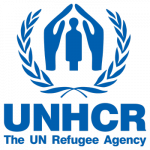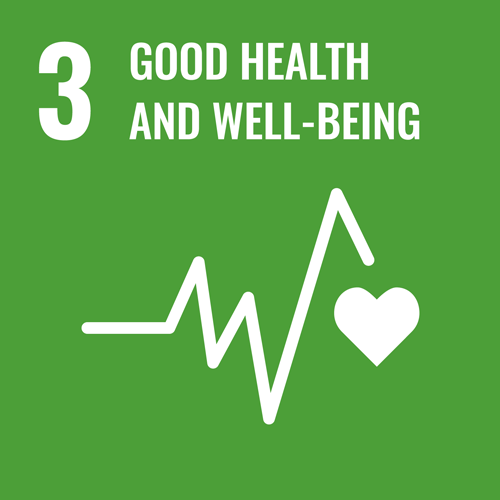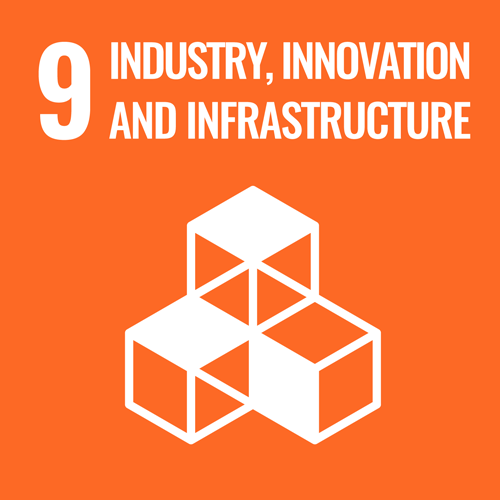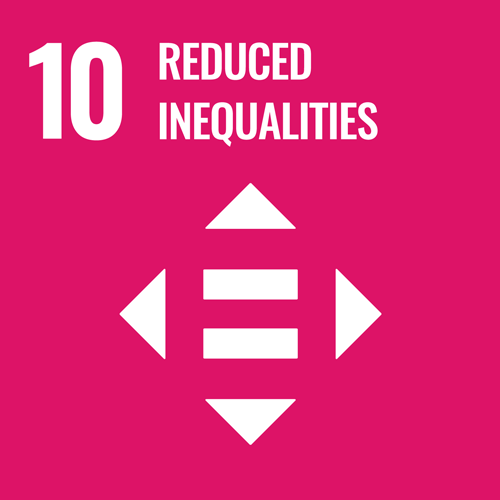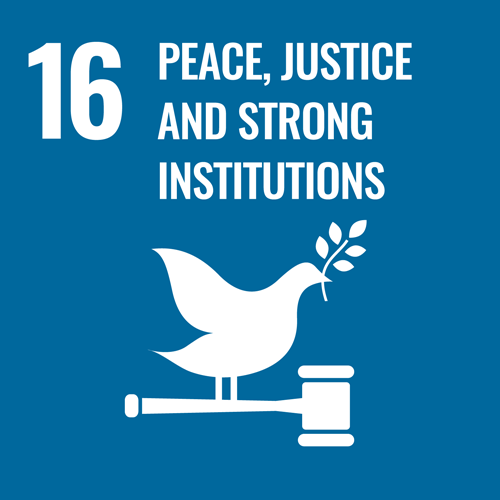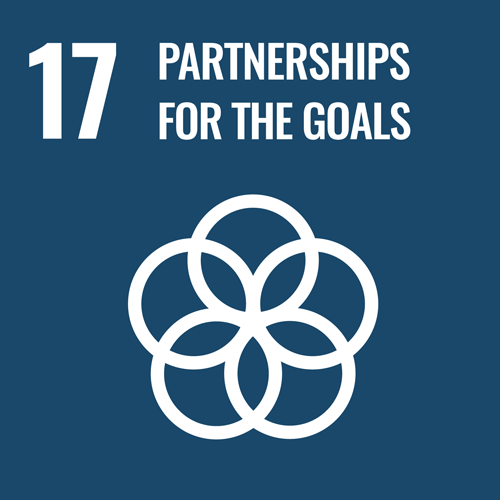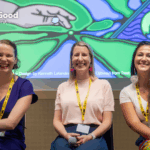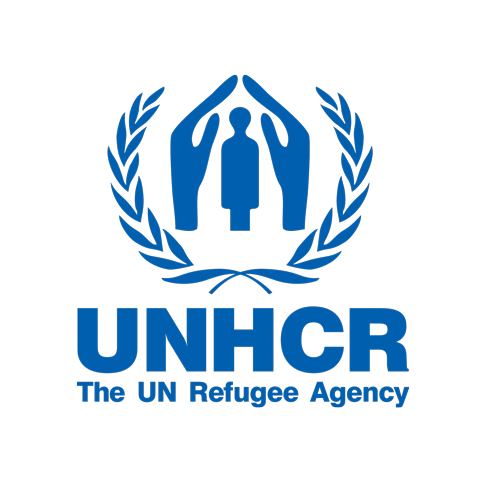
UNHCR, the UN Refugee Agency, is a global organization dedicated to saving lives, protecting rights and building a better future for refugees, forcibly displaced communities and stateless people.
Description of Activities on AI
Project 1: Predictive Analytics for UNHCR Improved Contingency Planning
This project seeks to forecast the number of people who cross the border into Brazil and the shelter capacity in Boa Vista and Pacaraima, the Brazil border with Venezuela. This project utilises interlinked tools that consists of three computer-based solutions using different techniques: a queueing modelling tool for simulating future border crossing scenarios under different conditions, nowcasting model efforts for estimating the current urban population and potentially identifying interest in population movements to Brazil using big data sources, and the development of predictive models for forecasting future arrivals and population movements. This is done using different tools (e.g., web engines search, surveys, and social media analysis) as well as different computer and data science techniques (e.g., artificial intelligence, specifically supervised machine learning for time series analysis).
These tools have been developed in collaboration with operational teams over the past year and a half, and currently are deployed in the Brazil operation. The desired effect of the project is increased evidence-informed decision-making in contingency planning, using scenarios triggered by estimated nowcasting and forecasting figures related to population movements. These tools have been developed in collaboration with UNHCR Brazil operational teams over the past year and a half, and currently are deployed in the Brazil operation. UNHCR Brazil has already used the preliminary findings to advocate and prepare for arrivals and to have medical services and shelter available according to their needs. In the pastFor example, UNHCR utilised these tools to expanding isolation areas to treat COVID-19 cases, and UNHCR and its partners have advocated for the delivery of vaccines according to the level of demand from new arrivals.
Project 2: Epidemic Simulation Modelling of COVID-19 in Refugee Settlements
A computer simulation initiative that can estimate how COVID-19 could spread within the Cox’s Bazar refugee settlement – which is the largest refugee settlement in the world with a population of more than 725,000 people and a high population density – and can assist humanitarian actors with better coordination and decision-making tools. This project – which is based on an agent-based model originally deployed in the UK – uses available georeferenced data to construct a “digital twin” of Kutupalong settlement. The digital twin includes information on geo-locations of key population movement mixing points such as: households, food distribution centers, water pumps, handwashing stations and schools, and the demographic data of over 700,000 inhabitants. The simulation probabilistically determines what agents (refugees) do during the day. Therefore, disease spread and symptom progression are based on demographic characteristics and other conditions and diseases when calculating the likelihood of severe disease progression.
The results of the simulation will be used to advocate with relevant stakeholders for avoiding certain restrictive measures (e.g. freedom of movement) in favour of other less restrictive measures (e.g. obligatory use of masks) by simulating their effects on the spread of COVID-19. The initiative may also be scaled to other settlements in the future.
Project 3: Project Jetson
Project Jetson is UNHCR’s first AI-based predictive analytics experiment to predict the movement of internally displaced persons within Somalia, as well as to discover and understand the factors that cause or exacerbated that forced displacement. This project focused on the development of predictive models for forecasting future arrivals and population movements in each region. This is done using a variety of datasets (e.g., conflict, weather/climate anomalies, market commodity prices, and historical population movement) and utilizes different computer science and data science techniques (e.g., artificial intelligence, specifically supervised machine learning for time series analysis). The project follows UNHCR guidance for data responsibility, data protection, ethics and human rights due diligence, as well as OCHA peer-review framework for predictive analytics projects. The Innovation Service intends for Project Jetson to lead to evidence-informed decision-making in contingency planning, improved humanitarian action through preparedness and risk reduction, and strengthened protection for those who are forcibly displaced.
Project 4: Detecting drought with computer vision (AI) and satellite imagery
This project came out of engagement with Human Rights, Big Data and Technology Initiative, University of Essex during a previous innovation project, Project Jetson. This project saw the utilisation of computer vision (AI sub-domain) and satellite imagery of Somalia to detect drought in the different regions and correlate with conflict and displacement patterns. This project represents a nascent exploration for UNHCR to incorporate the detection of extreme weather events due to climate change as part of regular monitoring to perhaps one day better anticipate the flow of internally displaced people due to drought. This project utilised Landsat 8 satellite imagery to detect indicators of drought on the terrain, which was cross-validated with weather datasets from the same regions.
Project 5: Text Analytics for Improved Protection
In 2016, the Innovation Service teamed up with UN Global Pulse to use public data from Twitter to understand protection issues, and used artificial intelligence to categorize and quantify interactions between host communities, general public and refugees in different countries.
The Innovation Service explored with several teams different open-source and commercial tools and computer science techniques (e.g. topics modelling, natural language processing) to quantify, analyse and help the organization understand issues related to UNHCR’s protection mandate. For example, protection-related incidents such as hate speech, discrimination, xenophobia against refugees and asylum seekers, as well as other persons of concern to UNHCR are commonly expressed online. The ability to quickly identify issues arising from text-based data (e.g. search engines, documents and reports, social media, and other text-based information), helps UNHCR colleagues to become more agile in advocacy and response.
The aim of this initiative is to leverage information technologies to increase capacity for text analysis and provide actionable insights and evidence-informed decision-making for UNHCR and its partners, particularly in preparedness and response. The Innovation Service seeks to use new computer science techniques (natural language processing, supervised learning) to create an efficient process that will save time by avoiding the manual analysis and classification of data, and contribute to the UNHCR Action Plan against hate speech and xenophobia, as well as with the UN Secretary General Action plan on the use of new technologies to counter hate speech, discrimination and xenophobia online.
Project 6: Text Analytics for Call Centre Data logs in Uganda
In Uganda, UNHCR uses the Feedback Referral and Resolution Mechanism (FRRM). This software tool is used by 68 different UNHCR partners that provide services to displaced communities and host communities across Uganda. Information gathered from call centres is logged and the relevant focal points are notified of any issues that need rectification. FRRM requires both the sending of data to responsible parties and reporting of their subsequent actions in order to ensure accountability to the people that UNHCR serves. The logged information is then displayed in a dashboard that can highlight trends visually, including how they impact different demographics and/or sectors. Since 2021, UNHCR Innovation Service has been working closely with the UNHCR Uganda team to improve the automation for calls classification, into different “action-based” categories that reflect programmatic work (sectors) and protection issues (incident type) for UNHCR to aggregate or create and alert of certain type of incidents per sector using AI.
Project 7: ARiN
ARiN is a software solution that uses machine learning techniques for the screening of applications submitted to UNHCR’s human resources talent pools, according to a set criteria. It assists the pre-screening phase, where the recruiters make the first parsing of the thousands of talent pool applications. It is a web application developed by UNHCR’s Innovation Service for the Affiliate Partnerships and Recruitment Section (APRS) within DHR. The application is machine-learning based and supports them with the screening process for external candidates coming from the UNHCR external talent pool applications. The talent pools are the most sought-after functional profiles within UNHCR, and they are dedicated to help respond urgently to forced displacement crises. There are approximately 29 talent pools that receive on average 8000, mostly text-based, applications per month. Contrary to other off the shelf tools, ARiN was customized in order to comply with the internal policies and rules for talent acquisition within UNHCR, which includes transparency of process, gender and diversity considerations.


